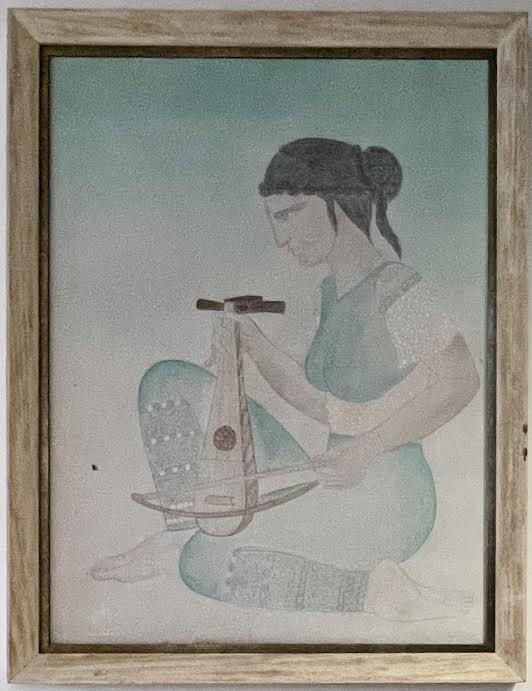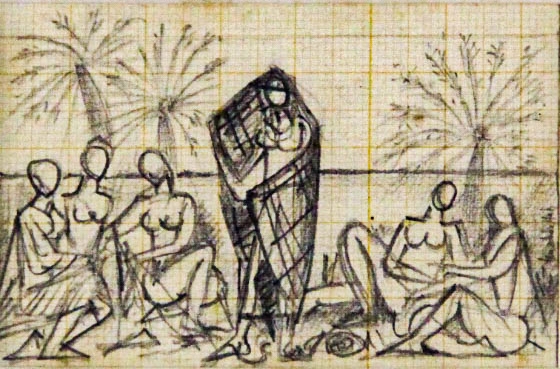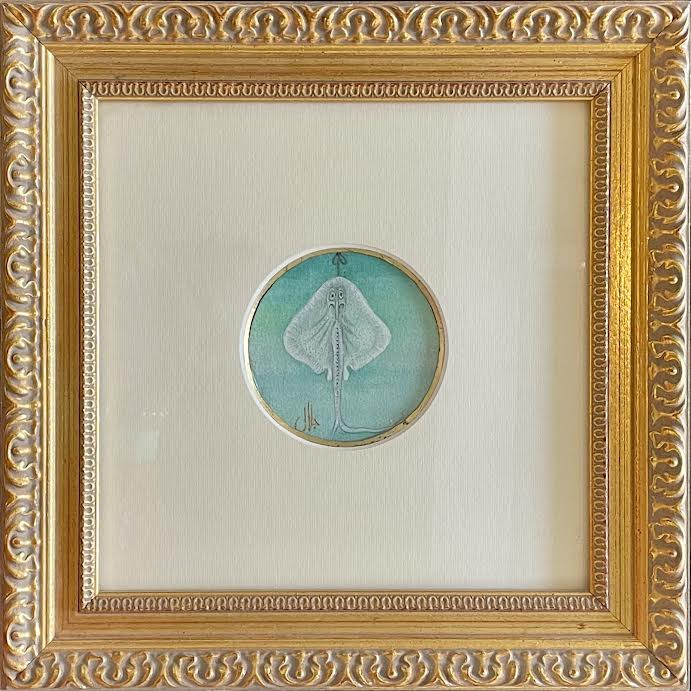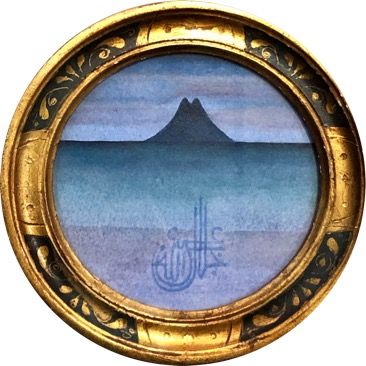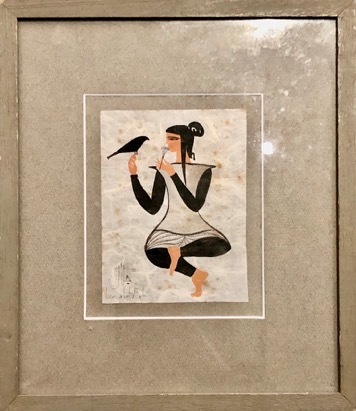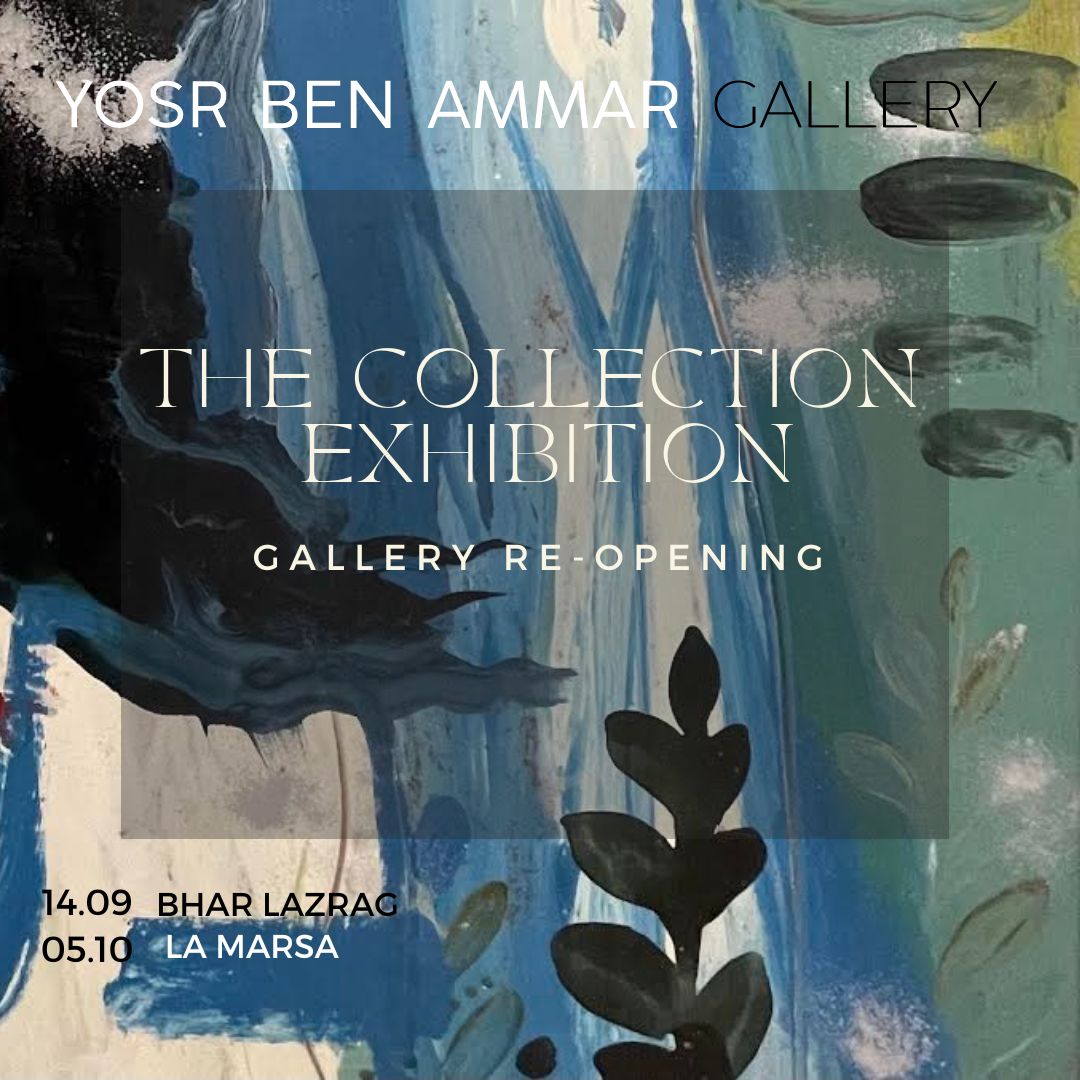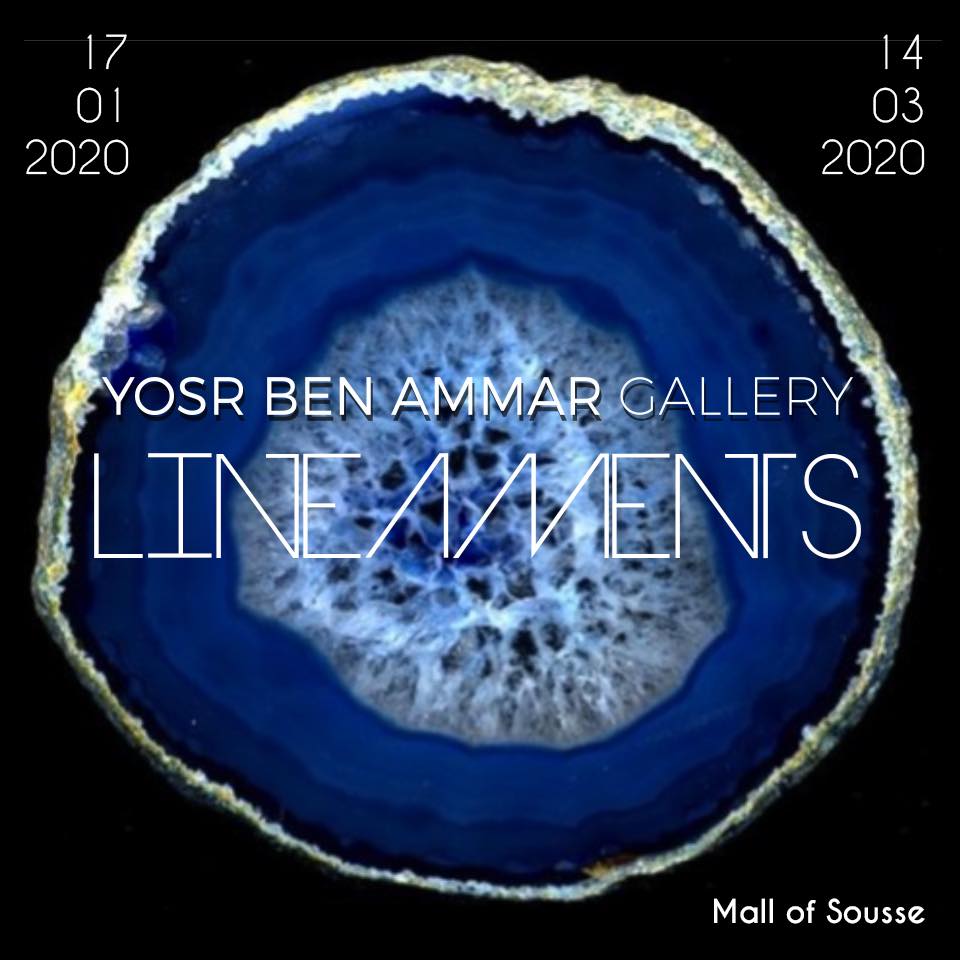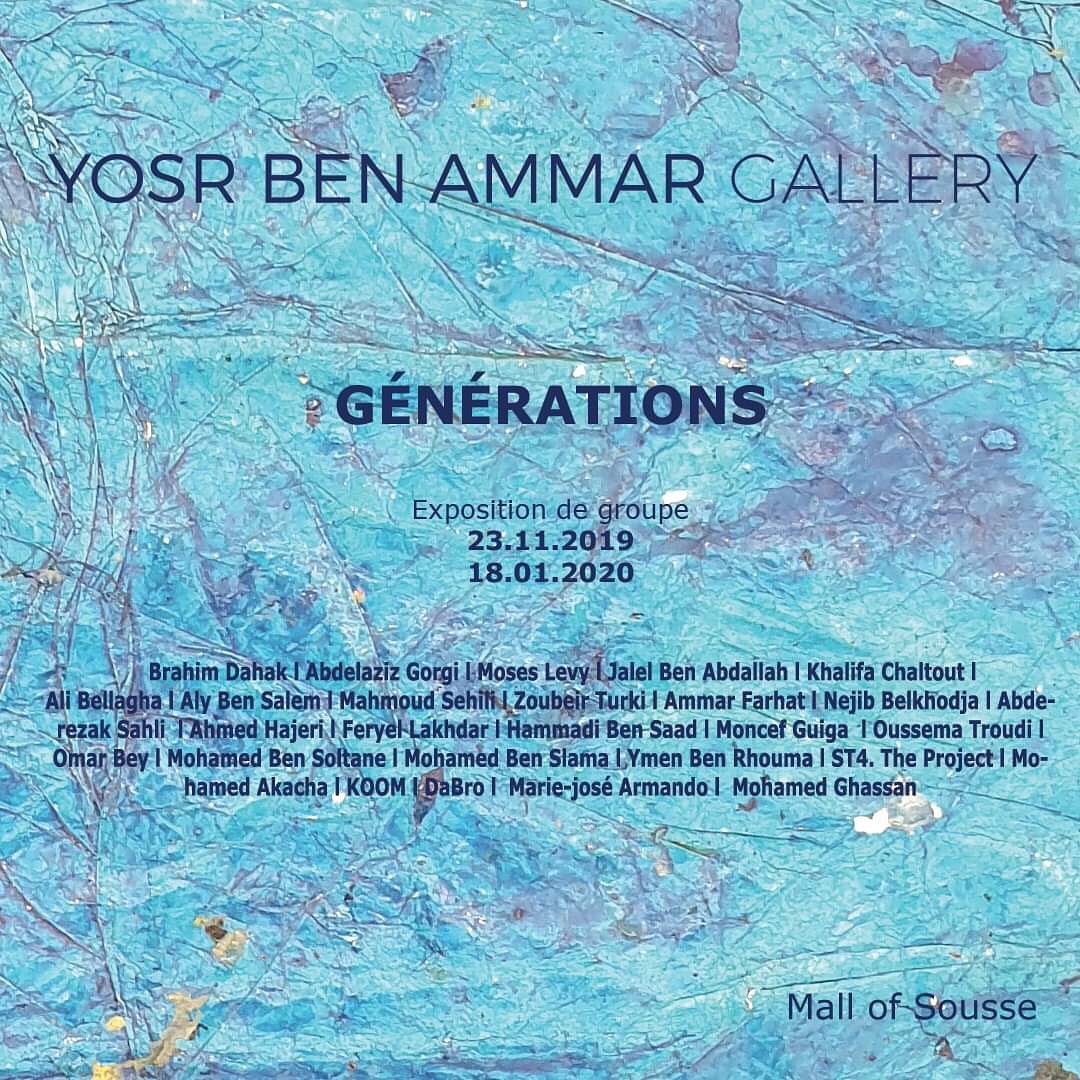Jellal Ben Abdallah
(1921-2017)
Painter of Tunisian memory — between miniature and modernity
In 1938, Jellal Ben Abdallah resolutely chose painting as his artistic language and vocation. Inspired by his village of Sidi Bou Saïd, he began by painting miniatures in the Oriental tradition before connecting with artists from the École de Tunis, drawing influence in particular from Amor Ghraïri and Aly Ben Salem. His work Le Martyr, created after the events of April 1938, marks the beginning of his socially engaged art.
Shortly thereafter, the successive loss of his grandmother and parents led him to settle permanently in Sidi Bou Saïd. In 1943, he exhibited his first large miniatures at Mme Attias’s gallery. Briefly enrolled at the École des Beaux-Arts in Tunis — for only three weeks — he nevertheless won the First Prize in Painting, earning a scholarship for a three-month stay in Paris. There, he attended the Académie de la Grande Chaumière and connected with Montparnasse artists, then joined Moses Levy in Rome, visiting Venice and Florence.
In 1951, he received his first major public commission: two frescoes for the girls’ high school in Sousse. The Tunisian state later commissioned a work for the Maison de Tunisie in Paris, where he lived for two years, taking over the expansive studio of Auguste Matisse. The Champion-Cordier Gallery ensured international distribution of his works, including in Luxembourg, Spain, Egypt, and the United States.
In 1957, he became decorator of the Municipal Theater of Tunis, a position he held for thirteen years. His partnership with Latifa Bach Hamba, who became his muse, marked a fruitful period. His last major exhibition, in 1997, presented fifty miniatures at the Galerie Ammar Farhat. Thereafter, he exhibited less frequently, preferring to sell directly from his studio.
His pictorial universe draws on genre scenes — traditional trades, daily life moments, still lifes — as well as the depiction of women in richly decorated interiors. His style, leaning toward simplification, is characterized by fine, hieratic lines, delicate colors, and a sensitivity that balances fidelity to roots with openness to modernity.


